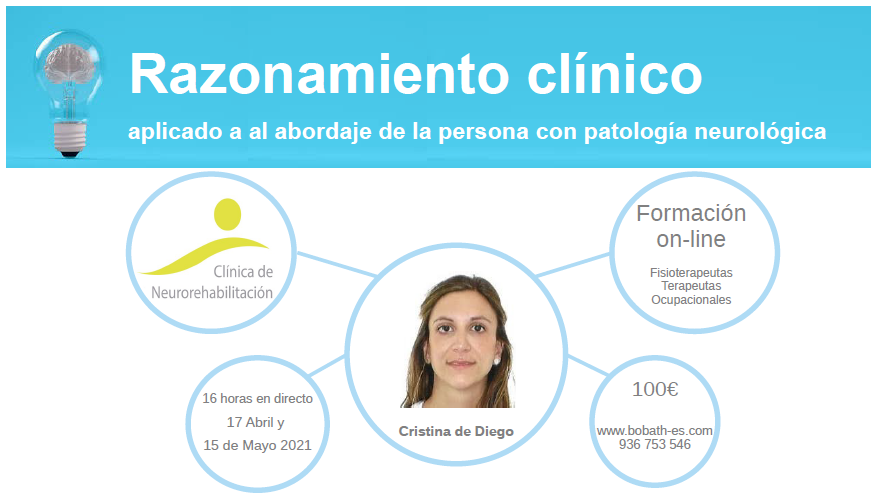We extend our hours !!
We extend our hours of operation and patient care to improve our services. Neurological rehabilitation treatments, such as physiotherapy, speech therapy or psychology are very important for the recovery of patients who have suffered brain damage, such as stroke, or who have a neurological disease such as Parkinson’s disease, Multiple Sclerosis among others less frequent. That is why we know that the extension of the schedule can help you in your rehabilitation.
Do you have problems managing your schedule to do rehabilitation?
However, physical rehabilitation services, therapy gyms, and rehabilitation centers in Barcelona, Sant Cugat, Cerdanyola del Vallés, Rubí, Terrassa, Sabadell, and other cities, usually operate during the week respecting the most frequent working hours.
This aspect can limit many patients having difficulty in performing treatments and following a continuous rehabilitation routine. Sometimes for not having transportation, not having someone to accompany them, or simply for coinciding with other commitments.
Do you only get transportation after hours? Or can you only bring your family member after work?
Due to the growing demand from patients, it has been decided to extend the operating hours of the Neurorehabilitation Clinic.
We are available from 8:00 a.m. to 7:00 p.m. uninterruptedly from Monday to Friday. So we can adapt to your availability and your companions, in case you depend on them.
We are also available on Saturday mornings in case you cannot attend the treatments during the week.
Book treatment hours during special hours
To carry out treatments in these time slots, prior consultation with the professionals of the neurorehabilitation center is necessary. The extension of the operating hours is subject to modifications depending on the availability of the different collaborated professionals and the availability of the facilities.



